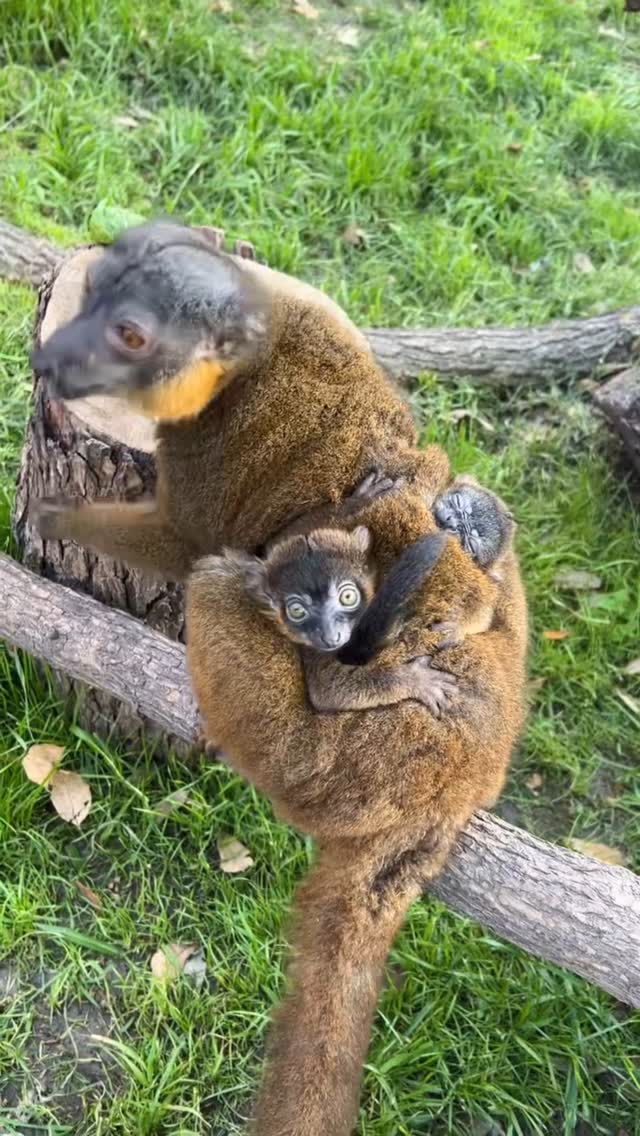- Understanding the biological and environmental factors that influence the development and behavior of twins in animal populations.
- The role of zoo management and wildlife conservation in supporting twin births and ensuring their healthy growth.
- Techniques and technologies involved in the monitoring and care of twin animals in captivity.
- The challenges and successes in conserving species where twin births are prevalent.
- Insights into specific case studies, such as Melissa C. and her journey with twins, and their impact on public awareness and education.
Twins in the animal kingdom present a fascinating subject within zoology, encapsulating complex biological, environmental, and conservation themes. The reproductive process leading to twins is less common in wildlife, making it an intriguing area of study. Typically, twins occur due to genetic and environmental factors. Certain species have a higher propensity for twin births, including primates and some large mammals.
Genetic predisposition plays a substantial role in the occurrence of twins. In some species, this can be a natural adaptation to specific environmental pressures. For example, in environments where offspring mortality is high, producing twins could be advantageous. However, the implications for survival and development can be significant, as raising two offspring often demands more resources from the parents.
From a zoo management perspective, the birth of twins presents both challenges and opportunities for education and conservation. Zoos are instrumental in providing controlled environments where twin animals can be studied extensively. This setting allows researchers to observe the unique interactions between twins and their parents, contributing valuable data that boosts understanding of species-specific needs.
Zoo environments also facilitate the utilization of technology in caring for twins. This includes monitoring systems to track growth, behavior, and health indicators. Accurate data collection is crucial in adjusting care routines to optimize health and development. Veterinary teams employ advanced techniques like genetic analysis and dietary adjustments to maintain the welfare of twin animals.
Moreover, the birth of twins in captivity often sparks public interest, serving as a platform for education and advocacy. Highlighting instances like Melissa C. and her twins can create awareness about specific species and broader conservation issues. Stories of twin births are compelling and can draw attention to the zoo’s role in wildlife protection efforts.
Conservation of species where twin births are prevalent demands careful planning and strategic resource allocation. In the wild, twins might face increased competition for maternal attention and food, which can affect their odds of survival. Conservation programs must prioritize robust support structures that consider these dynamics, ensuring both twins thrive.
Case studies provide deeper insight into the practicalities of managing twins. Melissa C., for example, showcases a journey that traverses care, research, and public engagement. Her experiences underscore the importance of a supportive network consisting of zookeepers, researchers, and medical professionals. This synergy not only enhances the twins’ development but also enriches scientific knowledge.
Understanding wildlife twins through case studies and in controlled environments can galvanize conservation efforts. It provides critical learning opportunities and strengthens strategies focused on breeding programs, rewilding projects, and public education initiatives. Furthermore, these efforts help build a sustainable future for wildlife and ecosystems, addressing broader ecological challenges.
The story of Melissa C. and her twins exemplifies how individual narratives can influence public perception and support zoo conservation missions. By emphasizing both the scientific and emotional aspects of twin births, these narratives craft a compelling message that underscores the shared responsibility of protecting wildlife.
In summary, twins in the animal kingdom offer profound insights into genetic, environmental, and conservation sciences. Zoo management plays a crucial role in ensuring these animals thrive, leveraging technology and research to overcome challenges. Through focused conservation efforts and engaging public narratives, the journey of twins like Melissa C.’s continues to inspire and catalyze action towards wildlife preservation.
*****
Source Description
Twins in tow. 🧡
📸: Melissa C.


